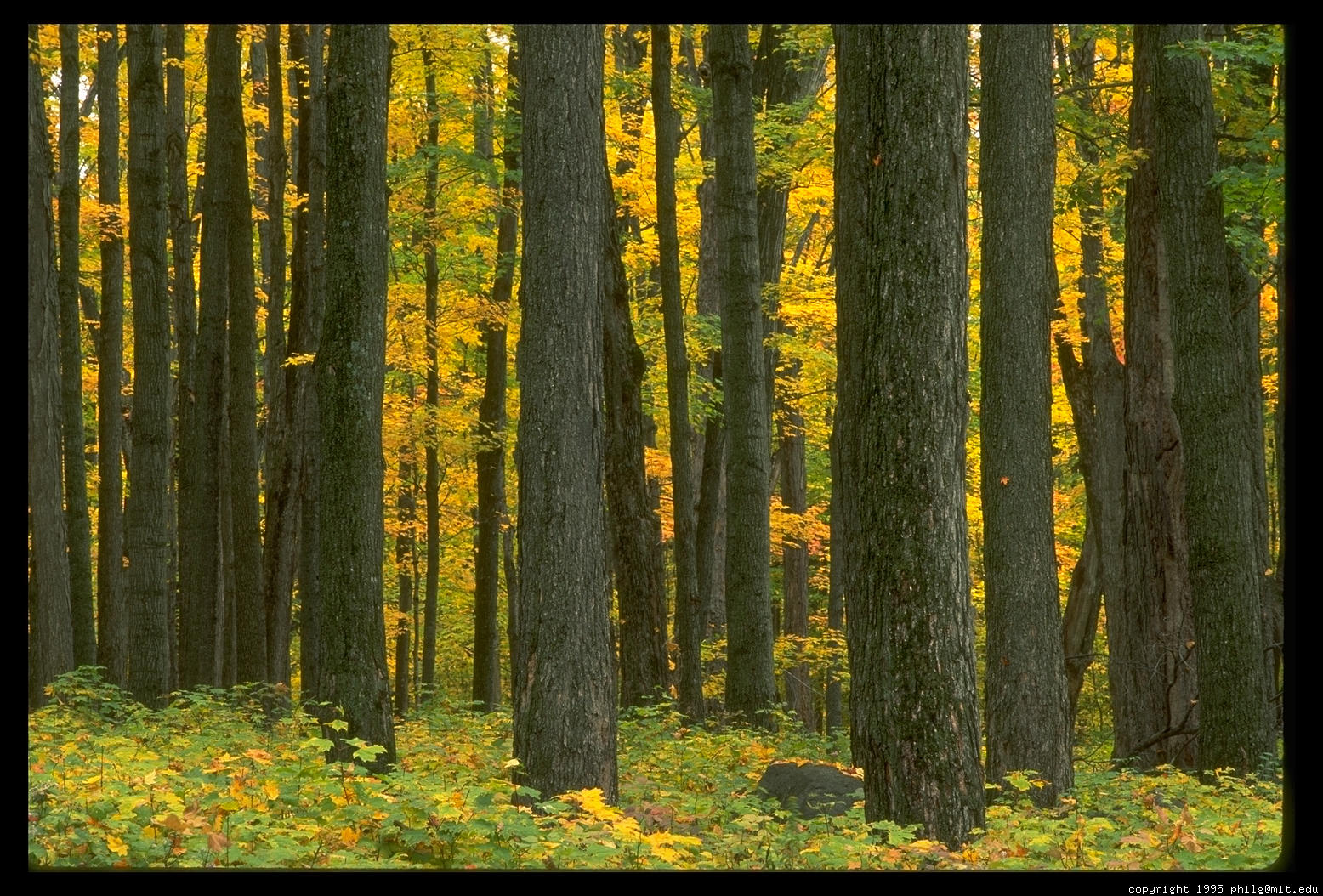This child is exploring itself with the different animals in a mirror format.
Children are naturally curious about themselves. This curiosity starts at a very young age.
Check out various kinds of mirrors for the outdoors:
This area serves as an exploration/science centre as well as a watering hole. This mirror is great to use when exploring paint and various textured materials. Children are also given the opportunity to share their finds by sitting in a small group and at a round table.
This mirror is used similarly to the picture above. This mirror is a place for discovery for anything and everything outside. The learning is endless using mirrors outside and children also come up with many different ways to use a mirror that educators don't even think of. Providing children with open-ended materials and freedom in the outdoor classroom their learning is endless. Pedagogical listening is also an important part of the outdoor classroom because children may discover new ideas based on what they say that you may not.










